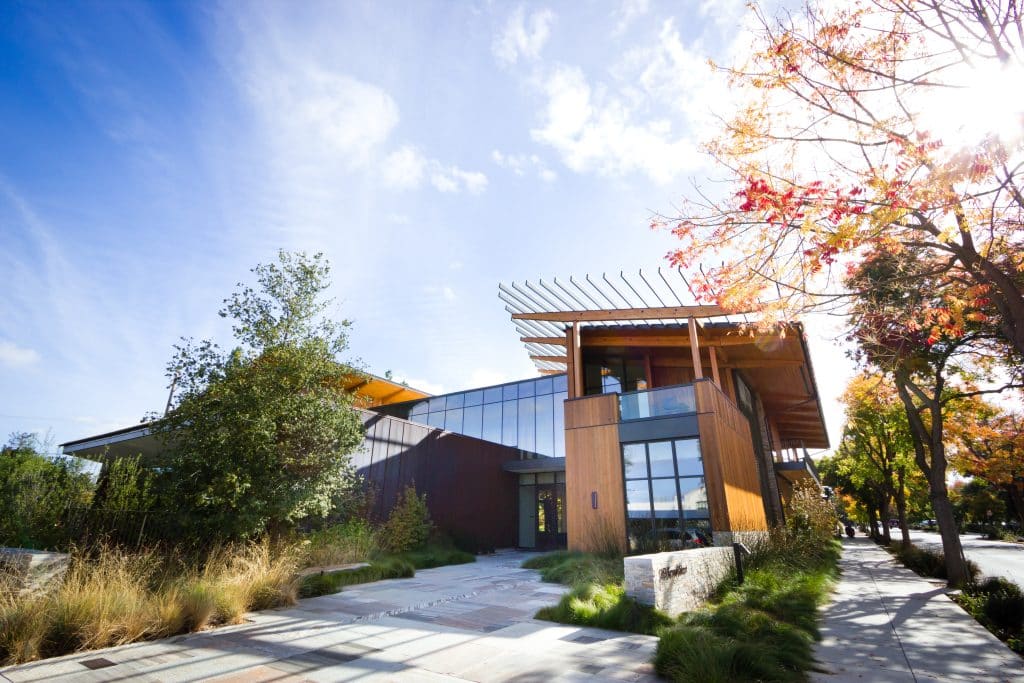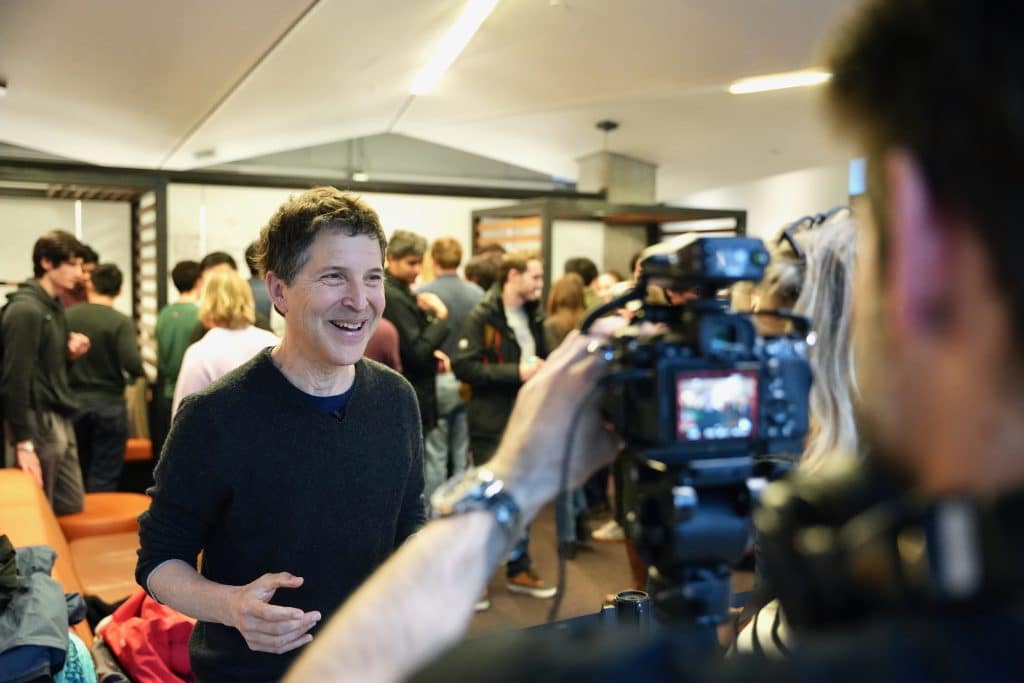From the time we wake up in the morning to when we go to sleep at night, science, technology, engineering, and mathematics, or STEM, has changed the way we live our lives and helped us better understand the world around us. From studying infant brains, to protecting websites from spam and abuse, regenerating human tissue, to better understanding evolution, STEM and its products impact almost everything we do.
And it will continue to do so.
Yet, by almost every measure, the U.S. STEM ecosystem is inequitable. Even while the share of science and engineering bachelor’s and doctorate degrees awarded to Hispanic or Latino, Black and African American, and American Indian and Alaska Native graduates has increased over the past two decades, they are still underrepresented among science and engineering degree recipients relative to their representation in the overall population.
Here’s why that matters: it’s crucial that everyone be able to participate in and contribute to science and technology.
First, STEM is the foundation for all new scientific and technological insights. Scientific progress depends on people learning about new things and studying existing things in new ways — and having racially and ethnically diverse people included means bringing different lenses, different experiences, different questions, different passions – and getting better results. According to a study published in the Proceedings of the National Academy of Sciences, a more diverse team is more likely to outperform a more homogenous team—even when the homogenous team is considered to have “relatively greater ability” as individuals than the more diverse group. By being more inclusive, the likelihood of scientific success is higher, promoting economic growth and competitiveness.
Second, STEM education is how America remains globally competitive. The U.S. is home to only about 4% of the world’s population. To keep leading the world in pioneering the technologies, industries, and jobs of the future, we need to include everyone.
Third, supporting racially diverse STEM education is the right thing to do. Access to STEM education is a social justice issue, and we have an opportunity and a responsibility to alleviate disparities and contribute to the acceleration of social equality.
So, what can we do about this inequity?
The Packard Foundation is supporting its Fellows in Science and Engineering to undertake a variety of initiatives to support DEI in STEM. From targeted recruitment and retention programs to creative partnerships, with local schools, Packard Fellows are connecting and collaborating in their fields and universities to lead programs to increase representation and inclusion of under-represented groups in their disciplines. Here are a few examples of individuals and universities working to improve the STEM ecosystem:
URG² Earth
A group of seven geoscientist Fellows are collaborating to provide positive research experiences for historically underrepresented groups in the geosciences. They offer paid summer research opportunities to undergraduate students interested in using physics, biology, math, and data science to understand the earth, and encourage students without specific experience to participate and develop skills and interests from existing strengths through mentorship.
The Atomic Challenge
Lead by Hosea Nelson and Jose Rodriguez, “The Atomic Challenge” is a hybrid in-person/virtual academy for training youth who are underserved in atomic-level STEM concepts and will offer an avenue to change the landscape of youth STEM education for youth who are underserved in the Los Angeles area. By exposing a small number of highly motivated youth to a working atomic STEM laboratory and generating data used by a broader community of scholars for learning and competition, the program inspires participants to become STEM ambassadors and increase retention in STEM fields.
Research and Mentorship
Corinna Schindler is leading an outreach program to engage high school students from Detroit in scientific research to encourage interest and confidence in STEM career paths. Corinna’s program builds on an intensive two-week introductory chemistry course with state-of-the-art organic research experiments in research laboratories, while living in university dorms to have real college experiences to foster interest in STEM fields and increase students’ confidence in their talents.
Alistair Boettiger is piloting a program to place local community college students into labs at Stanford University. He recruits students from nearby Foothill College, Cañada College, and the College of San Mateo and pairs them with experienced labs and mentors for an intensive ten-week research program. This program provides students with a direct and holistic exposure to laboratory life, as well as an impetus to apply to graduate school.
Taken together, these Fellows and their respective universities who are working to improve the STEM ecosystem are serving as agents of change – hopefully catalyzing new programs that make the STEM community – and the world as we understand it – more just, equitable and inclusive for generations for come.










